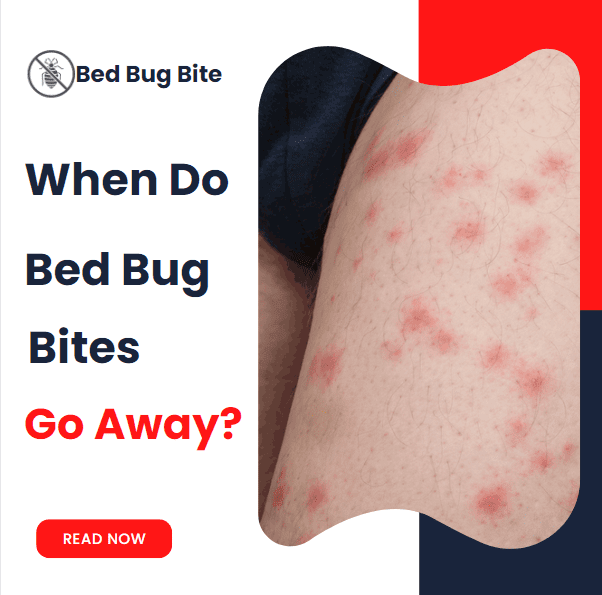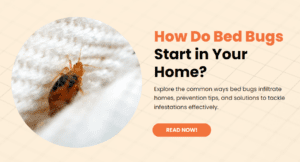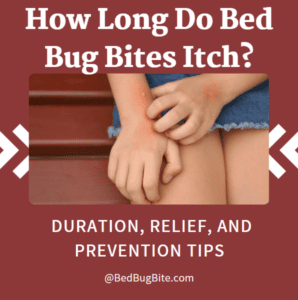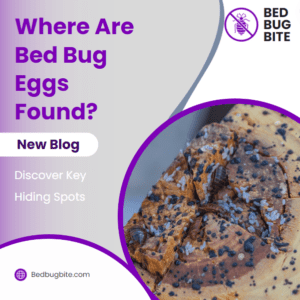Introduction: Understanding Bed Bug Bites
Welcome to our comprehensive guide on managing bed bug bites. Bed bugs are small, elusive pests known for feeding on human blood, usually at night. Their bites can cause various reactions, ranging from unnoticed to severe itching and discomfort. Here, we delve into the immediate and lasting effects of these bites and guide you through identifying and treating them effectively.
Bed bug bites often appear as small, red, or raised bumps on the skin, typically in a line or cluster. These can be mistaken for mosquito or flea bites, but several key differences exist. Bed bug bites are particularly notorious for their random pattern and the intense itching they can provoke. For a visual comparison, reputable sources like the Mayo Clinic’s guide on bed bug bites provide clear images and descriptions to help you differentiate them from other insect bites.
Understanding the nature of bed bug bites is crucial in effectively managing their impact and taking swift action to treat them. Armed with this knowledge, you can begin to explore the timeline of symptoms and effective treatments to alleviate the discomfort they cause. Stay with us as we guide you through each step of identifying and treating bed bug bites, ensuring you and your family can recover quickly and prevent future infestations. …Click Here to Read more about Bed Bugs!
Identifying Bed Bug Bites
Recognizing bed bug bites early can significantly ease your discomfort and quicken your response to treat them. Unlike other insect bites, bed bug bites have distinct characteristics that set them apart. They often manifest as small, raised bumps on the skin, commonly found on areas exposed during sleep like arms, legs, and the face.
How to Distinguish Bed Bug Bites from Other Insect Bites
Bed bug bites are typically arranged in a straight line or a cluster, forming what is often described as a “breakfast, lunch, and dinner” pattern. This is a key identifier, as most other insects do not bite in such an orderly fashion. Additionally, bed bug bites can persistently itch more than those from mosquitoes or fleas.
Photos of Bed Bug Bites for Visual Identification
Visual aids are crucial in accurately identifying bed bug bites. The Centers for Disease Control and Prevention (CDC) website offers detailed images that depict various stages and patterns of bumps. These images can help you compare your bites to confirmed cases, providing reassurance and aiding in correct identification.
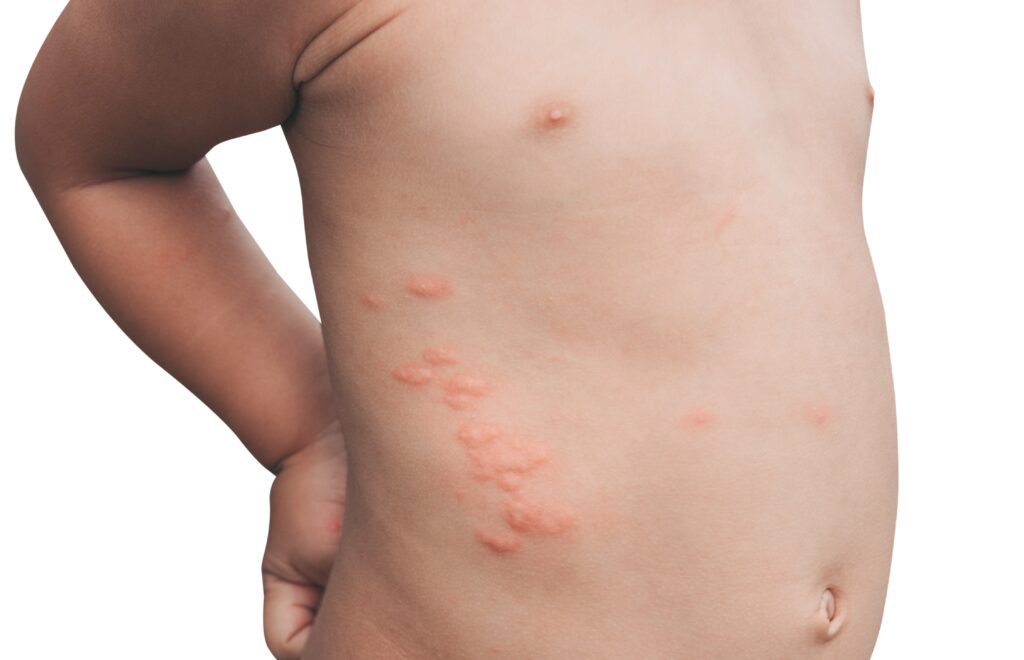
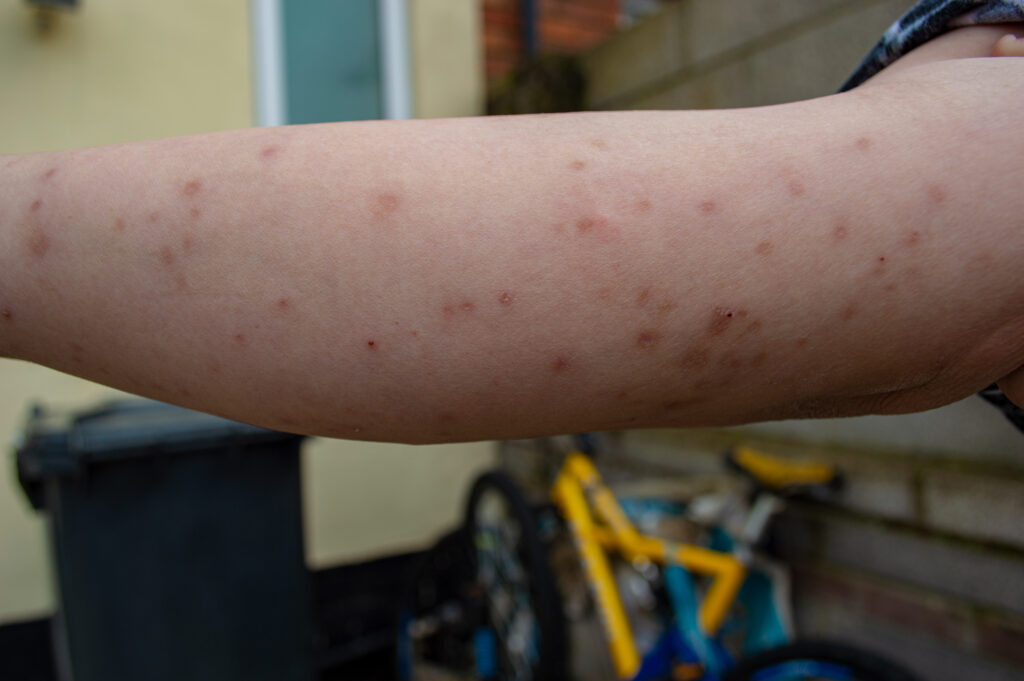
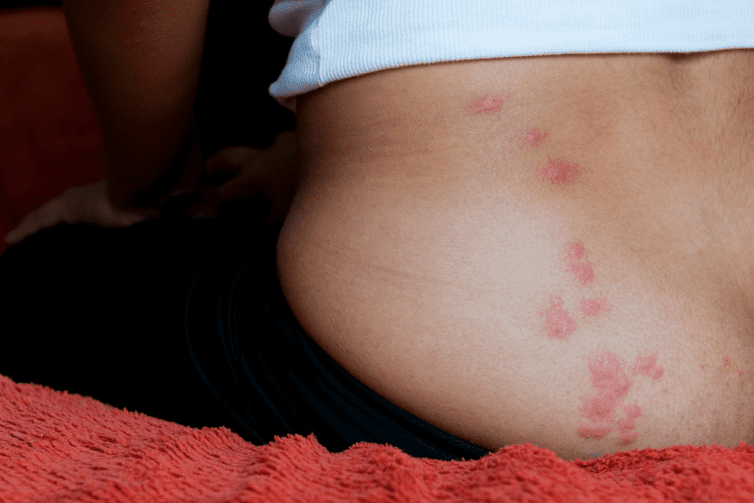
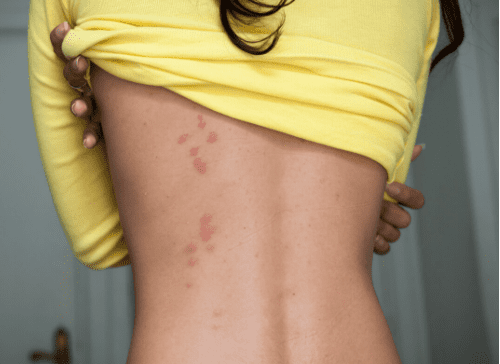
By correctly identifying bed bug bites, you can initiate the appropriate treatments sooner, potentially lessening the severity of your symptoms. In the next section, we’ll explore the typical timeline for bed bug bite reactions and what you can expect in the days following exposure.
Factors Influencing Healing Times
The duration it takes for bed bug bites to heal can vary widely from person to person. Several key factors influence this healing process, including individual health conditions, the body’s allergic response to the bites, and how the bites are cared for after being noticed.
Individual Health and Allergic Reactions
People with sensitive skin or allergies may experience more pronounced symptoms from bed bug bites. Those with immune system disorders or chronic health issues might also find that their bites take longer to heal. Understanding your health status can help you manage your reactions more effectively and decide when professional medical advice is necessary.
The Role of Bite Care and Hygiene in Healing
Proper care of bed bug bites can significantly reduce healing time and prevent secondary infections. It’s essential to keep the affected area clean and avoid scratching. Applying calamine lotion or over-the-counter hydrocortisone cream can also alleviate itching and inflammation, promoting faster recovery.
How Repeat Exposure Affects Bite Recovery Time
Frequent exposure to bed bug bites can lead to sensitization, where the body becomes increasingly reactive to the bites. This can result in more severe symptoms and a slower healing process over time. Reducing exposure is crucial, and measures should be taken to eradicate bed bugs from your environment effectively.
By considering these factors, you can better manage and expedite the healing process of bed bug bites. In the following section, we will delve into various treatment options available, providing practical advice on alleviating symptoms and promoting faster recovery from bed bug bites.
Treatment Options for Bed Bug Bites
Effectively treating bed bug bites is crucial for reducing discomfort and preventing complications like skin infections. There are several treatment methods ranging from home remedies to over-the-counter solutions that can provide relief and aid in the healing process.
Home Remedies to Alleviate Itching and Discomfort
Simple home remedies can be very effective in managing the symptoms of bed bug bites. Applying a cold compress can reduce swelling and numb the area, lessening the urge to scratch. Aloe vera, known for its soothing and anti-inflammatory properties, can also be applied directly to the bites to alleviate itching.
Over-the-Counter Medications and Their Effectiveness
For more persistent symptoms, over-the-counter antihistamines and topical corticosteroids can be beneficial. Antihistamines help reduce itching and swelling, while corticosteroids decrease inflammation and discomfort. Always follow the directions on the packaging and consult with a pharmacist if you have any concerns about interactions with other medications you are taking.
When to See a Doctor: Signs of Severe Allergic Reactions
It’s important to monitor bed bug bites for signs of a severe allergic reaction, such as excessive swelling, pain, or if the bitten area feels warm to the touch, which could indicate an infection. If you experience symptoms like difficulty breathing, dizziness, or a rapid heartbeat, seek medical attention immediately as these could be signs of an anaphylactic reaction.
By understanding and utilizing these treatment options, you can effectively manage bed bug bites and reduce their impact on your daily life. Following this guidance, we will next explore preventative measures to avoid future infestations and ensure your environment remains bed bug-free.
Preventing Future Bites
Preventing bed bug bites is just as important as treating them. By taking proactive measures, you can reduce the likelihood of bed bug infestations and ensure a healthier, bug-free environment. Here are effective strategies to keep these pests at bay both at home and while traveling.
Steps to Prevent Bed Bug Infestations in Your Home
Regular inspections of your sleeping areas and furniture are essential. Use a flashlight to check for signs of bed bugs, such as small rust-colored stains on mattress seams or tiny black droppings. Encasing your mattress and box springs in protective covers can also block bed bugs from hiding in them. Additionally, decluttering your space can minimize hiding spots for bed bugs.
Tips for Avoiding Bed Bugs While Traveling
When staying in hotels, always inspect the bed, furniture, and even behind paintings for signs of bed bugs before unpacking. Keep your luggage on a rack away from walls and beds, and consider using plastic bags to seal your clothing. Upon returning home, launder all clothes in hot water and dry them on the highest setting to kill any bed bugs that may have hitched a ride.
Regular Maintenance and Checks: What to Look For and How Often
Implement a routine maintenance check every three to six months. During these checks, focus on potential entry points for bed bugs, such as cracks in walls or loose wallpaper. Vacuum regularly and consider professional pest control evaluations to maintain a bed bug-free environment.
By following these preventative strategies, you can significantly reduce the risk of bed bug infestations and ensure peaceful, uninterrupted sleep. Next, we will debunk common myths about bed bugs to further empower you with knowledge and effective solutions.
Myths vs. Facts: Clearing Up Bed Bug Misconceptions
Misinformation about bed bugs can lead to ineffective control strategies and unnecessary anxiety. It’s crucial to debunk common myths and provide accurate, fact-based information to better understand and combat these pests effectively.
Common Myths about Bed Bug Bites and the Truth Behind Them
One prevalent myth is that bed bug bites transmit diseases. Research, however, shows that bed bugs do not spread any known diseases despite their blood-feeding nature. Another myth is that bed bugs are a sign of poor hygiene or unclean living conditions. In reality, bed bugs are opportunistic feeders that can thrive in any environment, as long as they have access to a blood meal.
Scientific Insights into Bed Bug Behaviors and Bite Reactions
Bed bugs are primarily nocturnal, but they can adapt their feeding habits to the sleeping patterns of their host. Understanding this behavior can help in scheduling effective pest control treatments. Additionally, the severity of bite reactions varies among individuals due to different immune responses, which explains why some people may not even realize they’ve been bitten.
By dispelling these myths and understanding the facts, you can take more informed actions against bed bugs. Armed with correct information, you can focus on proven prevention and treatment strategies to manage infestations effectively. Our conclusion will summarize the key takeaways from this guide and provide additional resources for further learning and professional assistance.
Conclusion: Key Takeaways and Additional Resources
As we conclude this comprehensive guide on bed bug bites, it’s important to remember the key points discussed. Understanding the nature of bed bug bites, recognizing their signs, and knowing how to treat and prevent them effectively are crucial steps in maintaining a bed bug-free environment.
Summary of Main Points Covered in the Post
We explored the identification of bed bug bites, the timeline of their effects, factors influencing healing times, various treatment options, and effective preventative measures. Each section provided in-depth information to help you manage and resolve bed bug issues efficiently.
Links to Resources for More Detailed Information on Bed Bugs
For those seeking more detailed information or facing persistent bed bug issues, several resources can be invaluable. The Environmental Protection Agency (EPA) offers a comprehensive guide on understanding, treating, and preventing bed bugs that can serve as an excellent resource. Additionally, the National Pest Management Association (NPMA) provides updates on the latest strategies and technologies for bed bug management.
Encouragement to Seek Professional Help If Bed Bug Problems Persist
If your bed bug situation does not improve with home treatments, do not hesitate to seek professional pest control services. An expert can offer more specialized knowledge and tools to eradicate bed bugs thoroughly and prevent future infestations.
Remember, the key to combating bed bugs is vigilance and prompt action. By applying the knowledge and tips shared in this guide, you can protect your home and family from the discomfort and stress of bed bug bites.

